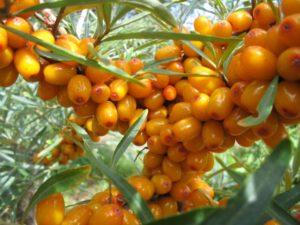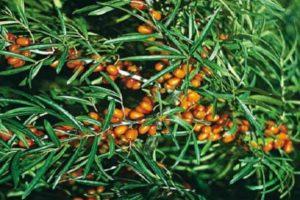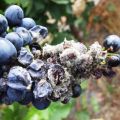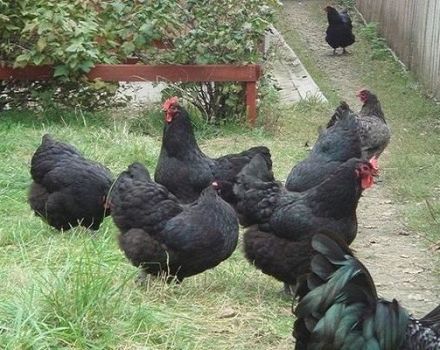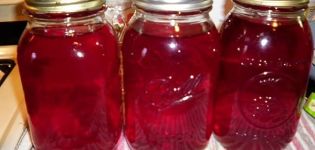Planting, growing and caring for blueberries in the Moscow region, choosing the best varieties
Blueberry is a highly branching, frost-resistant, durable shrub or shrub of the Heather family. It grows in a temperate climate, forest, forest-tundra zone, tundra, peat bogs and swamps, prefers acidic soils. Berries are useful in food to improve metabolism, regulation of the cardiovascular system and the gastrointestinal tract. Consider blueberry varieties, how to plant them and provide care for shrubs in the Moscow region.
Varieties suitable for the Moscow region
The most famous are two types of blueberries:
- swamp blueberry (low, marsh);
- blueberries are high.
Both species are common in areas with cool and short summers. The average height of shrubs is 50-70 centimeters. Garden forms are taller and more productive, reach a height of 1.5-2 meters and yield up to 10 kilograms of berries from a bush.
For planting in the country, it is recommended to choose varieties of high blueberries, bred in the USA and Canada, with English names. They differ from the low variety with oval shiny leaves and larger sweet berries, up to 2 grams.
In marsh blueberries, the base of the leaves is with a wide wedge, the leaf blade is dull, the berries are small, collected in bunches, the yield does not exceed 1.5-2 kilograms of berries from the bush.
The fruits of different types of shrubs differ in the composition of nutrients and vitamins:
- marsh - contains 5-6 percent sugar in berries and up to 50 milligrams of vitamin C per 100 grams of product;
- high - accumulates up to 15 percent of sugar and 18-20 milligrams of vitamin C per 100 grams of berries.
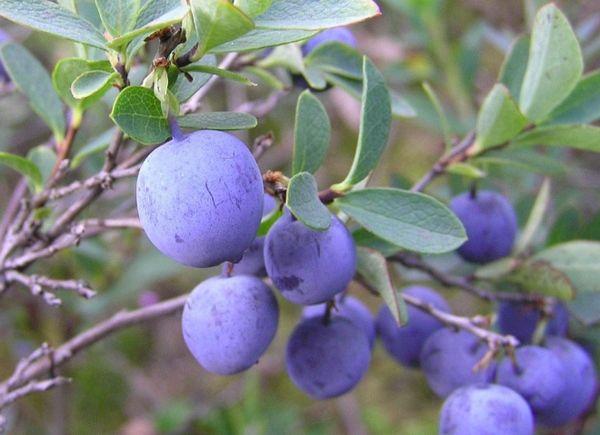
Novice gardeners often confuse blueberry and blueberry seedlings, as well as the berries themselves. The main difference is that blueberries grow as a creeping bush, young shoots are green, without bark, berries are located on a branch alone. Blueberries have erect woody twigs, the fruits grow in clusters, the juice of the berries is lighter in comparison with blueberry, which stains the hands with a dark blue juice.
Consider blueberry varieties for the Moscow region
Bluecrop
Known to gardeners since the middle of the 20th century. The height of the bushes is 1.5-1.8 meters, the berries are 2 centimeters in diameter, weighing up to 1.4-1.9 grams, the skin is of medium density with strong pubescence. Ripens at the end of July (mid-season). A distinctive feature of the variety is fruiting on the shoots of the past and current year.The bushes are slightly spreading, the buds are light-colored in spring. Very frost-resistant variety, tolerates drought, is not affected by diseases.
Patriot
The variety was developed in America in the mid 70s of the last century. Early ripening. The crop can be harvested in the Moscow region in mid-July. The berries are oval, dull blue, up to 1.2-1.5 centimeters in diameter, the skin is dense. They tolerate storage and transportation well.
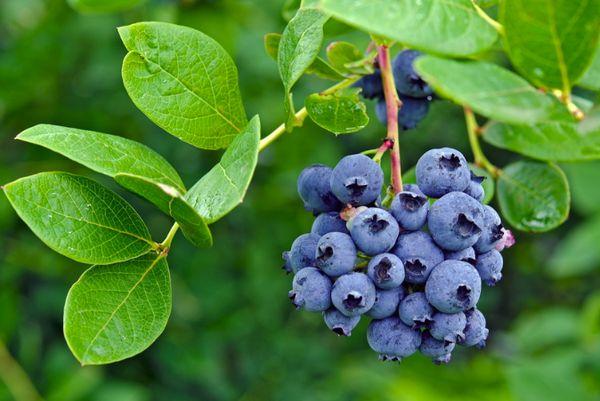
Northland
Bred in Michigan, in the middle of the 20th century, by crossing Berkeley (tall) and 19-H (hybrid of low-growing blueberries and Pioneer varieties). The bush is low or medium, reaches a height of 1.2 meters, spreading. In autumn, the foliage acquires red-purple hues, the variety is highly decorative. The berries are round, 1.6 centimeters in diameter, the skin is dense, light blue, with a bluish bloom, ripen in mid-July. Sweet taste, aroma peculiar to wild berries. The variety gives regular yields, but is not drought tolerant.
Northblue
Bred in the United States by crossing tall and narrow-leaved forms US-3, G-65 and Dwarf, has increased frost resistance, tolerates temperatures down to minus 35 degrees. The height of the bushes does not exceed one meter. The berries are large, with a small scar, the skin is dense. The juice contains an increased amount of anthocyanin, which has a rejuvenating and antioxidant effect. For annual abundant fruiting, the variety requires cultivation in well-sunlit places.
Jersey
Late ripening (mid-August), suitable for long storage and processing. Berries of medium size, balanced taste. The cultivar is a good pollinator for all of the above.
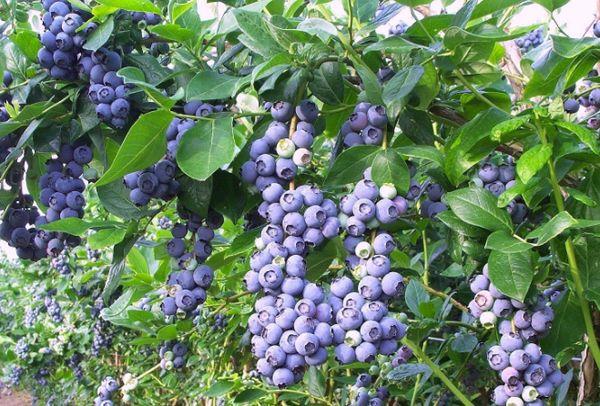
Earley Blue
The variety is of medium early ripening, the first harvest can be carried out in early July. The diameter of the berries is 1.5 centimeters, the brushes are conveniently located for picking from the branches. Withstands frosts down to minus 27 degrees.
Spartan
A variety with powerful erect shoots, up to 2 meters high. The berries are medium in size, round, with a pleasant sourness on the palate.
Toro
Bushes are powerful, reaching a height of two meters, late ripening. Berries are harvested in the second and third decades of August. The variety is frost-resistant, is not affected by diseases and pests.
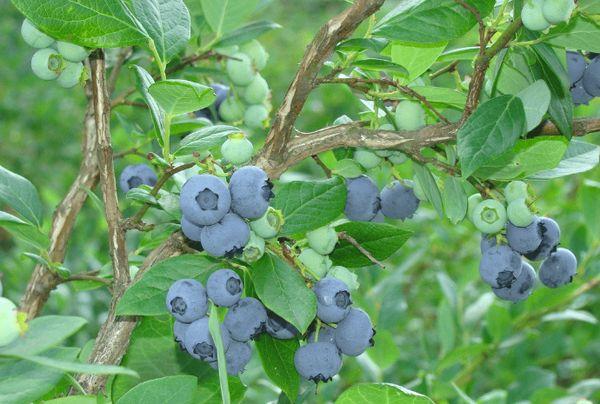
New varieties
Description of new varieties of blueberries recommended for cultivation in the Moscow region:
- Aurora - berries are blue-black, round, weighing over two grams, ripens late, frost resistance - up to minus 20 degrees.
- Duke is a dessert, very early variety, flattened berries, medium skin, slightly pubescent, tolerates frosts up to minus 30 degrees, is not affected by diseases.
- Liberty - ripens late, berries have a high content of vitamin C, frost resistance - up to minus 20 degrees.
Note! For better pollination of the plantation, at least two varieties of blueberries should be planted at the summer cottage. Jersey is the best pollinator for all varieties.
Modern varieties of marsh blueberries:
- Iksinskaya;
- Taiga beauty;
- Shegarskaya;
- Yurkovskaya.
Many gardeners are interested in whether it is possible to plant swamp and tall blueberries side by side, in the same plantation. The answer is yes, you can, it will not affect the quality of the berries.
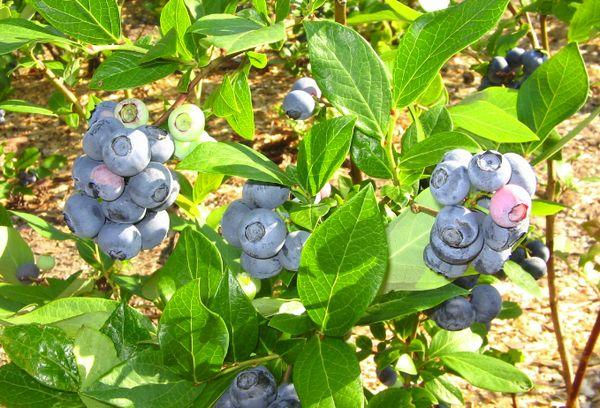
According to the reviews of experienced gardeners of the Moscow region, the rating of popular blueberry varieties in terms of frost resistance is as follows:
- North Blue (-35);
- Duke (-30);
- Earley Blue (-27);
- Bluecrop (-25).
When choosing varieties in nurseries, first of all, pay attention to their frost resistance and ripening period.
Features of growing blueberries in this region
Blueberries feel comfortable in the Moscow region. However, before planting it on your site, you should carefully study the recommendations for growing in order to avoid the death of the plantings of this valuable berry.
When to plant
The most favorable spring planting period: the third decade of April - the first decade of May, when the optimum air temperature is 12-16 degrees and soil moisture. During autumn planting, immature young bushes are more often damaged by frost, hares eating up young bark can cause damage to plantings.
Site selection and soil preparation
Contrary to popular belief, it is correct to grow blueberries in sunny, wind-protected areas. The soil should be light, water and air permeable.
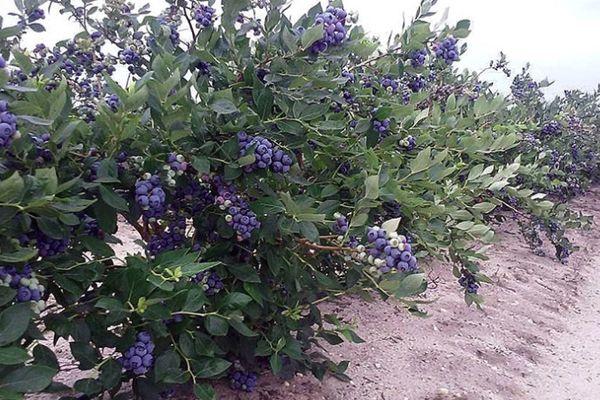
Important! The reaction of the medium in the soil for growing blueberries should be acidic - from 3.5 to 5.
In the Moscow region, not all soils have such acidity. To acidify the soil, in the fall, it is recommended to water the planting hole with a vinegar solution at the rate of 100 milliliters per bucket of water. Watering blueberry plantations with acetic acid solution can be repeated every 3-4 years. Small portions of the solution are evenly distributed over the soil surface around the bush, and allowed to absorb. After that, the operation is repeated, pouring out 10 liters of the prepared solution.
A planting pit 34-40 centimeters deep can be filled with organic matter - peat, which has a pH below 5.0. In early spring, before planting, 50-60 grams of ammonium sulfate, superphosphate and potassium chloride are applied to one seat. All fertilizers are thoroughly mixed with the soil.
Selection and preparation of seedlings
It is advisable to buy blueberry seedlings at reasonable prices in a nursery near Timiryazevka, where large-berry varieties are propagated in the open field. For spring planting, seedlings with a closed root system (in a container) should be taken. They take root faster, since their roots were not outside the substrate and did not lack moisture.
Before planting, the containers are poured abundantly, the water is allowed to be absorbed. You can prepare a solution of the root formation stimulator Kornevin and pour it over the roots. Too long branches are slightly shortened with pruning shears, cutting to a well-developed bud facing outward.
How to plant
The seedling is carefully removed from the container, planted in a pre-prepared planting hole to a depth of 8-10 centimeters. The roots are well pressed and watered with at least 10 liters of water. Adult bushes can reach a diameter of 1.2-1.5 meters, so they are planted at such a distance from each other.
The nuances of caring for blueberries in the Moscow region
With proper care, blueberry bushes are productive and durable, they are not damaged by diseases, they are more frost-resistant. They should be looked after from the moment of planting and throughout the entire productive period of 12-15 years.
Watering
In the spring and summer, the plantation needs watering. The first watering is given at the end of May, the next - after flowering. During the period of berry filling, one or two waterings are given. After harvesting, the bushes must prepare for winter, so watering is stopped.
Pruning
Fruiting in many blueberry varieties occurs on last year's twigs and shoots of the current year. However, branches younger than six years old are not cut out, as they bear young fruitful shoots. After this age, the bush needs thinning. After ten years - in rejuvenation. To do this, the old branch is cut to the place where a young, two to three year old branch grows.
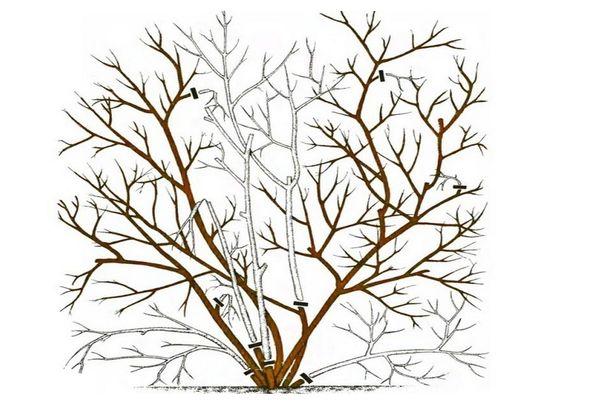
Top dressing of seedlings
Young bushes need annual spring feeding with nitrogen fertilizers - ammonium nitrate, ammonium sulfate in a dose of 60-80 grams for each adult bush. Phosphorus-potassium fertilizers are applied in the fall - at the end of September, at a dose of 50-60 grams for each adult bush. In spring, the soil under the bushes is mulched with peat or sawdust, which acidifies the soil.
Loosening and weeding
Loosening is carried out on young plantations, combining with three to four weeding. Adult plantations, where the branches of the bushes are closed, should be kept under peat mulch.
Preparing for winter
For better ripening of shoots and increasing winter hardiness, the bushes are additionally fertilized with potash fertilizers in mid-August. Potassium chloride is given at the rate of 30-40 grams per adult bush. If a frosty and little snowy winter is expected, the bushes are covered with black non-woven material, which is tied to the bushes.
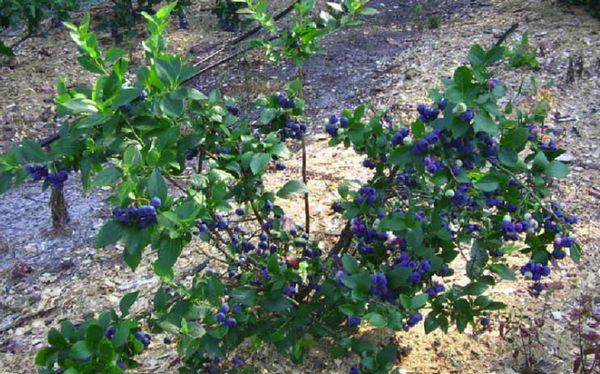
Protection against diseases and pests
When a white coating of powdery mildew appears on the leaves, the bushes are treated with fungicides - HOM, Ridomil Gold, Topaz. To protect against pests and ticks, one or two treatments with Aktara are needed.
Reproduction
The varieties you like are propagated vegetatively. To do this, the cuttings are harvested at the beginning of March, then they are planted in warmed up sandy soil at a distance of 12-14 centimeters from each other. Another option is to dig in the branch in early summer, and in the fall, separate the young bush from the mother plant.
Harvesting
Crop is harvested by hand or using mechanisms three to four times per season. Many varieties do not shed their berries when overripe, while others quickly lose quality. By following our recommendations, you will get a high yield of the valuable blueberry berry.
